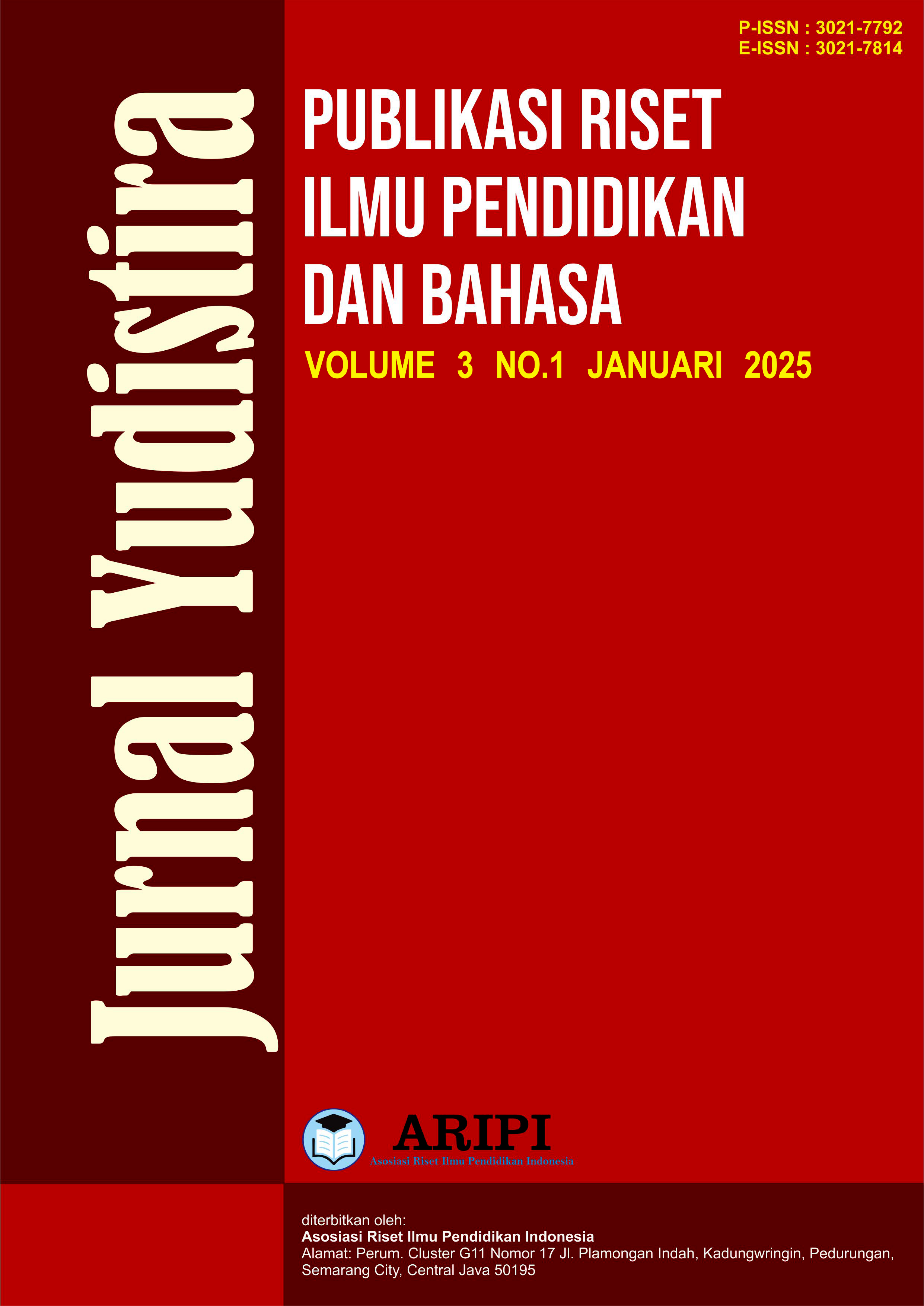Tindak Tutur Dokter dan Pasien di Klinik Pratama Haji Medan-Pancing
DOI:
https://doi.org/10.61132/yudistira.v3i1.1427Keywords:
Speech acts, Medical communication, politeness, Health workers, PatientsAbstract
This study examines the application of speech acts in communication between doctors and patients at the Pratama Haji Medan-Pancing Clinic, focusing on the use of various types of speech acts, such as expressive, representative, directive, and commissive in medical interactions. Speech acts are understood as the smallest unit of speech activity that has a specific function, and in the medical context, this includes providing information, instructions, as well as expressions of empathy and emotional support. According to the findings from observations and interviews, effective communication between doctors and patients plays a crucial role in building trust and increasing patient satisfaction with healthcare services. According to the findings from observations and interviews, effective communication between doctors and patients plays a crucial role in building trust and increasing patient satisfaction with healthcare services. The use of appropriate speech acts, such as giving instructions on healthy lifestyles, showing empathy, and expressing care and support, plays a major role in reducing patient anxiety and improving social-emotional relationships in the hospital environment. Politeness in communication is a key element in improving the quality of health services. Therefore, the development of communication skills for medical personnel is essential to create a better experience for patients and be responsive to their needs.
Downloads
References
Brown, P., & Levinson, S. C. (2005). Politeness: Some universals in language usage (hal. 161). Cambridge University Press.
Chaer, A., & Agustina, L. (1995). Sosiolinguistik: Suatu perkenalan awal. Jakarta: Rineka Cipta.
Chaer, A., & Agustina, L. (2010). Sociolinguistics: Perkenalan awal (hal. 61). Jakarta: Rineka Cipta.
Jumadi. (2005). Representasi power dalam wacana kelas. Jakarta: Pusat Bahasa Departemen Pendidikan.
Nadar, F. X. (2009). Pragmatik dan penelitian pragmatik. Yogyakarta: Graha Ilmu.
Rahardi, R. K. (2005). Pragmatik: Kesantunan imperatif bahasa Indonesia. Jakarta: Erlangga.
Rani, A., dkk. (2000). Prinsip-prinsip analisis wacana. Malang: Bayumedia Publishing.
Richard, J. C. (1995). On conversation (Terjemahan oleh Ismari). Surabaya: Airlangga University Press.
Wijana, I. N. (2010). Pragmatik: Pengantar analisis wacana. Yogyakarta: Pustaka Pelajar.
Downloads
Published
How to Cite
Issue
Section
License
Copyright (c) 2024 Jurnal Yudistira : Publikasi Riset Ilmu Pendidikan dan Bahasa

This work is licensed under a Creative Commons Attribution-ShareAlike 4.0 International License.






